9 Easy Houseplants You Can Grow
Whether you’re a beginner or a veteran green thumb, these houseplants are easy to grow and will fill your home with lush greenery your neighbors will envy!
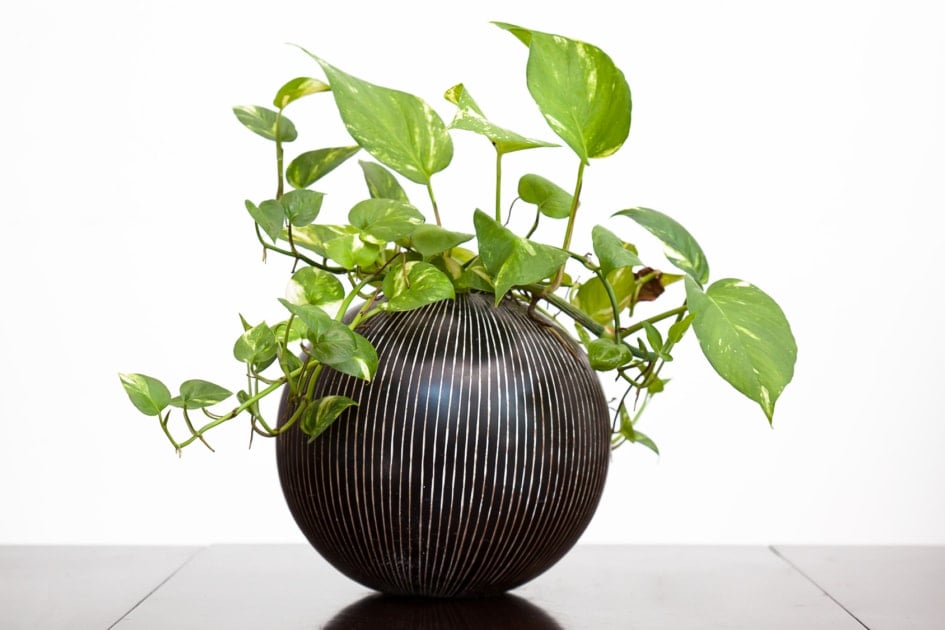
Houseplants are a wonderful way to bring the outdoors inside. Plus they allow you to “garden” year-round. Growing plants indoors has been proven to improve indoor air quality as well as foster a sense of well being. In fact “plant” parents is a growing trend.
Best part about houseplants is that you don’t have to be a gardening pro to have lush vegetation inside your home. Whether you’re a beginner or a convicted plant killer, there are a number of easy to grow houseplants you’re sure to have success with. Try growing some of these plants — you may find it’s easier than you think to have a green thumb!
(Important Note: Many of these plants are toxic if ingested, so be sure to keep them out of the reach of pets and small children.)
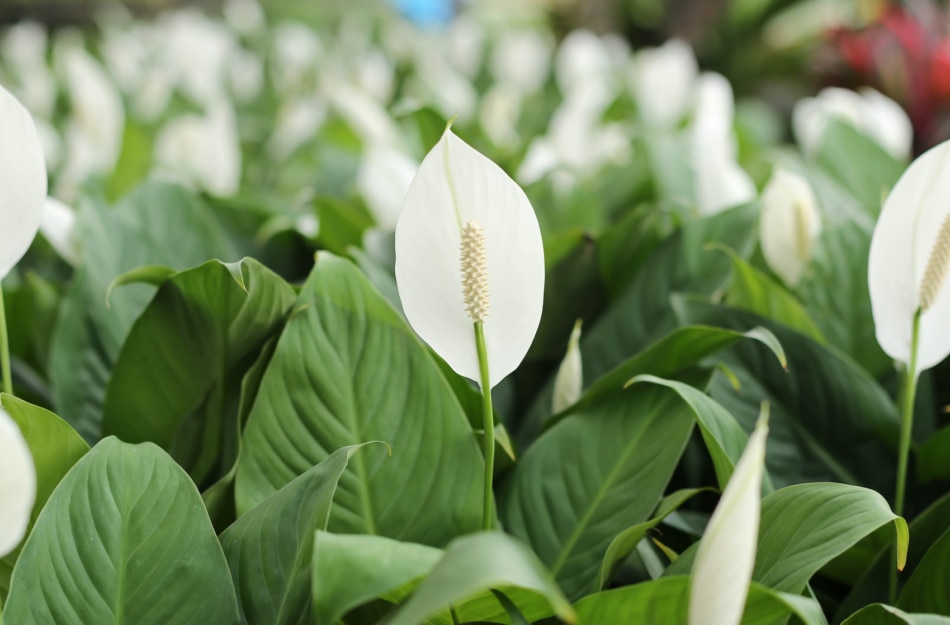
Peace Lily — Dark green leaves that occasionally produce white flowers called Spathes. Requires lower light, since too much light will cause leaves to burn. Water thoroughly when top of soil is dry (If the plant gets too dry, it will droop, but watering will perk it back up almost immediately.) Use all-purpose fertilizer at half strength at each watering.
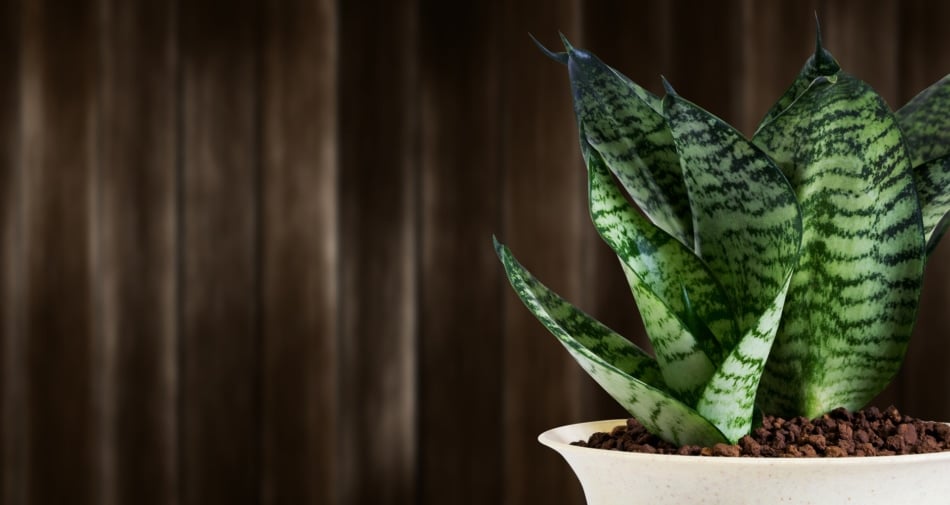
Snake Plant — Also descriptively called the Mother-In-Law’s Tongue. Long sword-shaped leaves with pointy tips. Requires low light. Water when top of soil is dry. Use diluted fertilizer when watering.
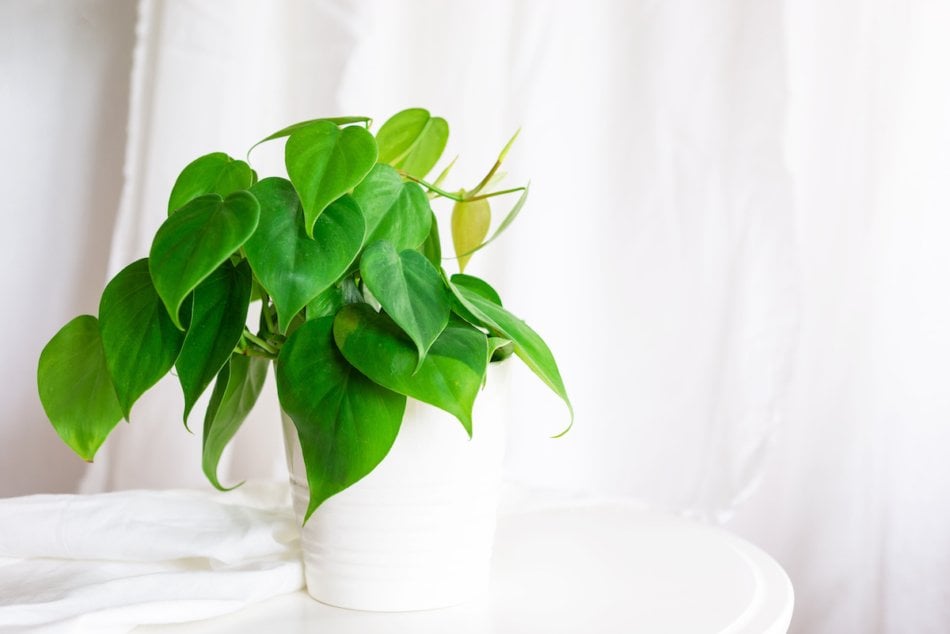
Heartleaf Philodendron — Also known as the Sweetheart Plant. Heart-shaped leaves grow on this vine plant. Likes moderate to low light. Drought-tolerant. Cuttings may be placed in water for a few weeks until they root and then can be planted into pots.
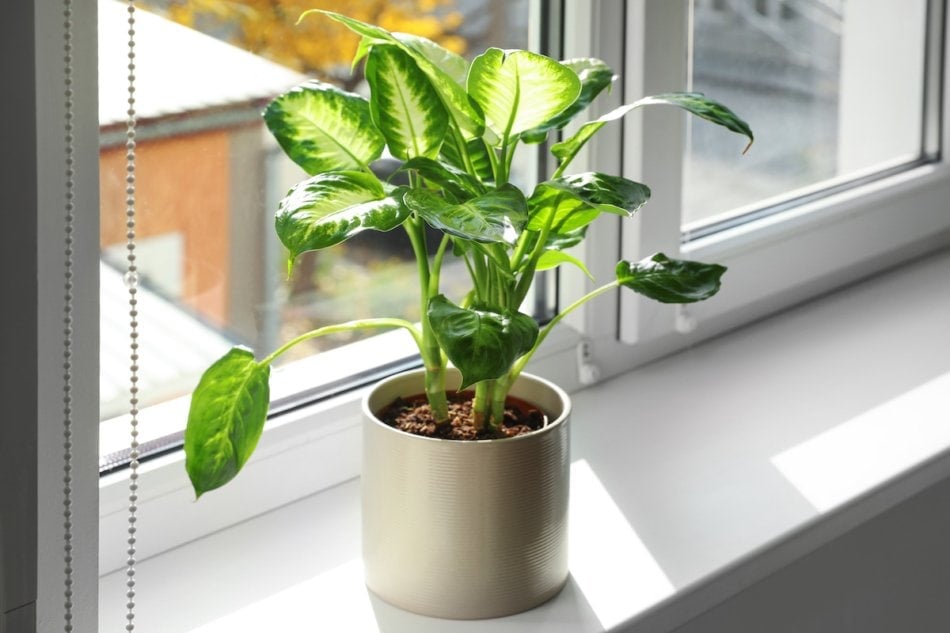
Dieffenbachia — Also called Dumb Cane. Long oval-shaped leaves and may be variegated. Needs low to medium light. Water thoroughly when top of soil is dry.
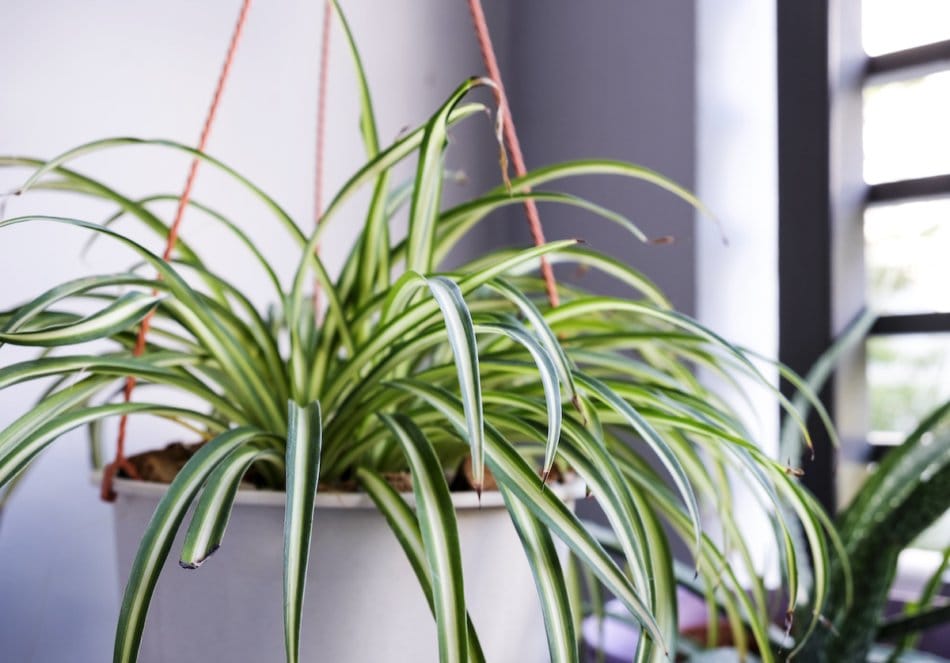
Spider Plant — Long narrow leaves that produce small white flowers. Sends off shoots with little plantlets, which can be rooted and grown as new plants. Likes bright, indirect light. Allow soil to dry and then water lightly.

Cactus — Comes in many sizes and shapes with prickly spines. Loves sun. Needs very little water. Air plants are also an easy-to-grow option. Learn more.
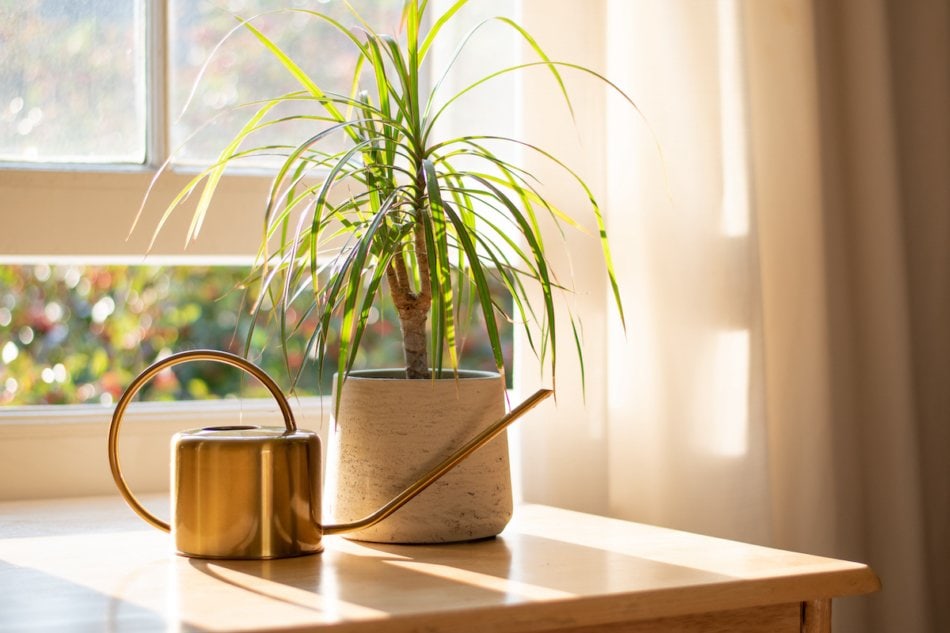
Dragon Tree — Resembles a small palm tree with its long, narrow, spike-like foliage. Loves a sunny location, but will tolerate less light. Allow soil to dry between waterings. Fertilize only once a year.
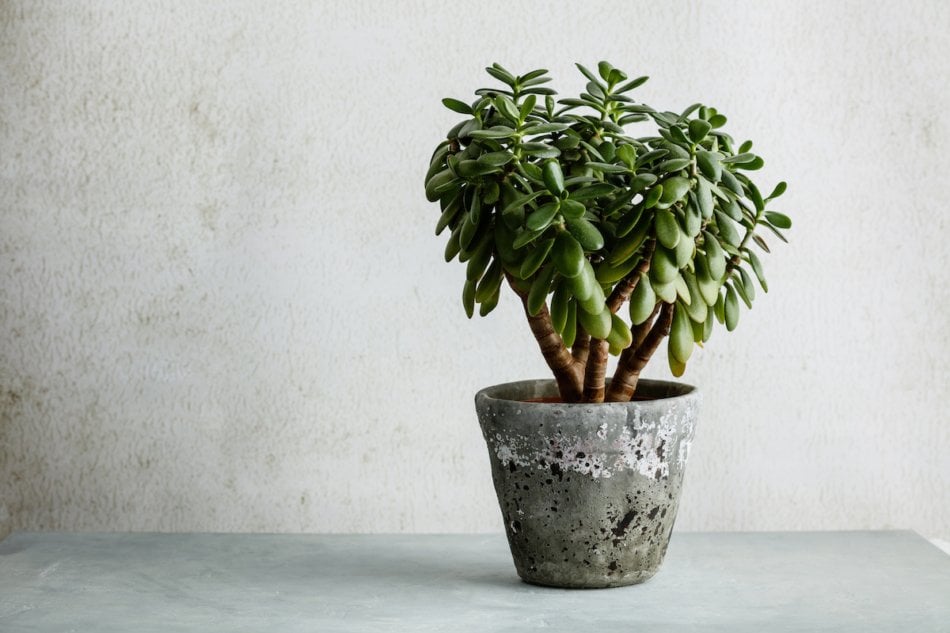
Jade Plant — Also known as a Friendship Tree or Money Tree. Evergreen that produces small pink or white star-shaped flowers in early spring. Popular as an indoor bonsai. Thrives in indirect sunlight. Keep soil moist, but not wet.
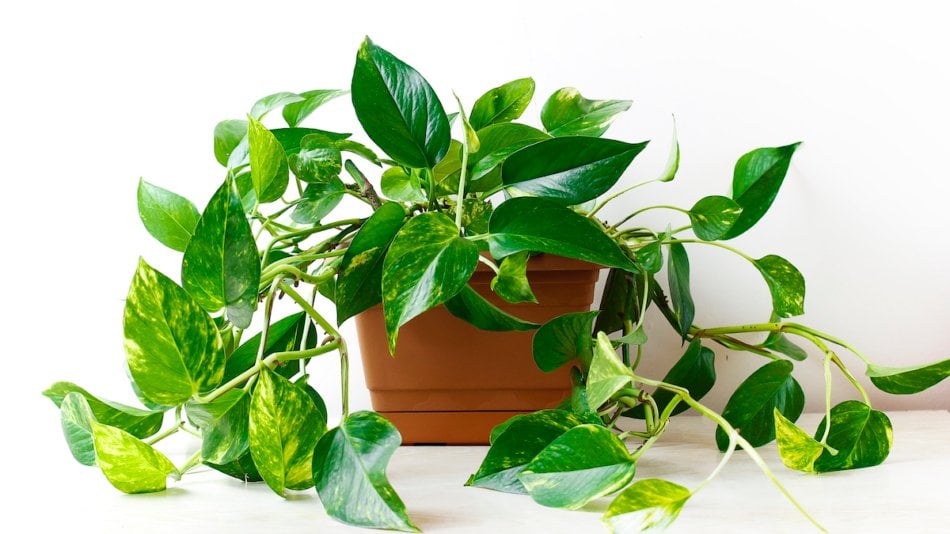
Pothos (Devil’s Ivy) — Trailing ivy plant that can grow over ten feet. Tolerant of most light conditions, even office fluorescent lighting. Allow to dry briefly between waterings. Prune to keep fuller at the base. Cuttings may be rooted in water to create more plants. Do you know the difference between Philodendron and Devil’s Ivy? We reveal how you can tell them apart.
This article was published by the Staff at FarmersAlmanac.com. Any questions? Contact us at [email protected].







Where can you buy these plants or the Jade plant. I have never heard of it.
Hi Laura, a local greenhouse may have houseplants including these or sometimes your grocery stores have them. If you’re lucky you live close to a greenhouse as we love to support our local growers.